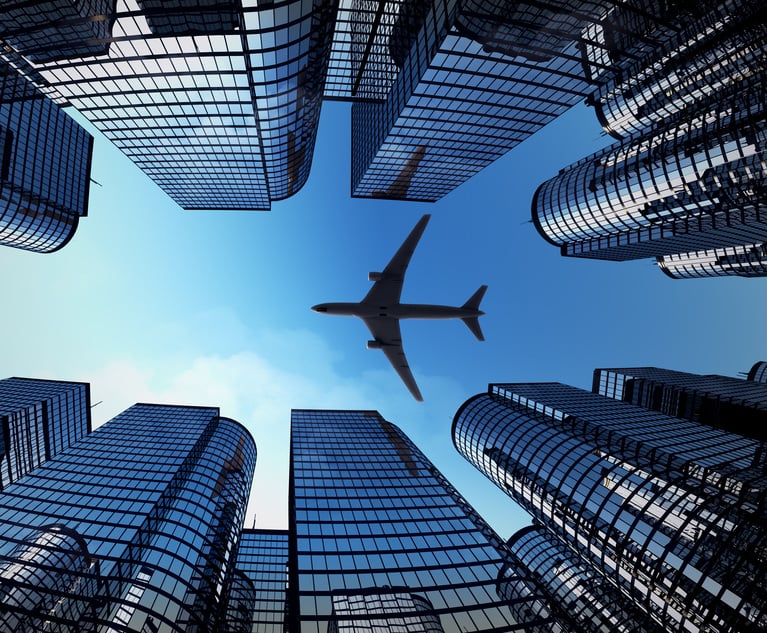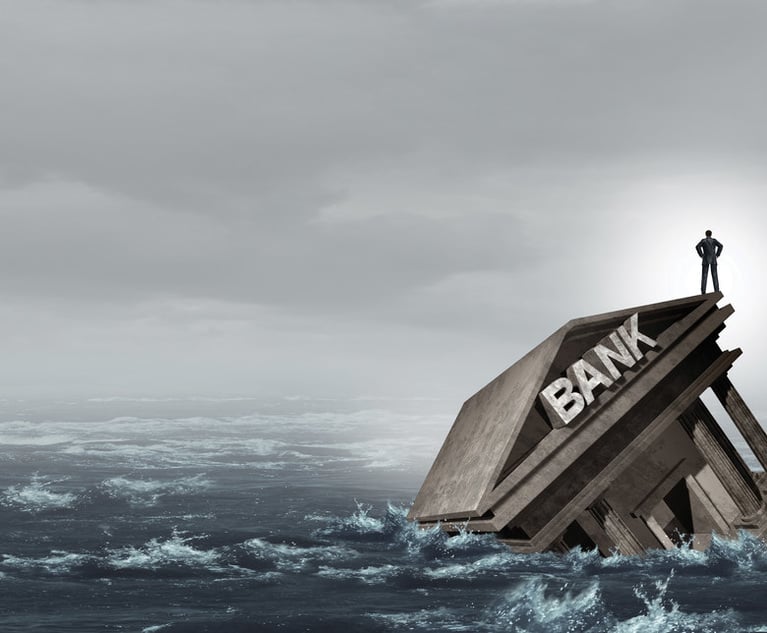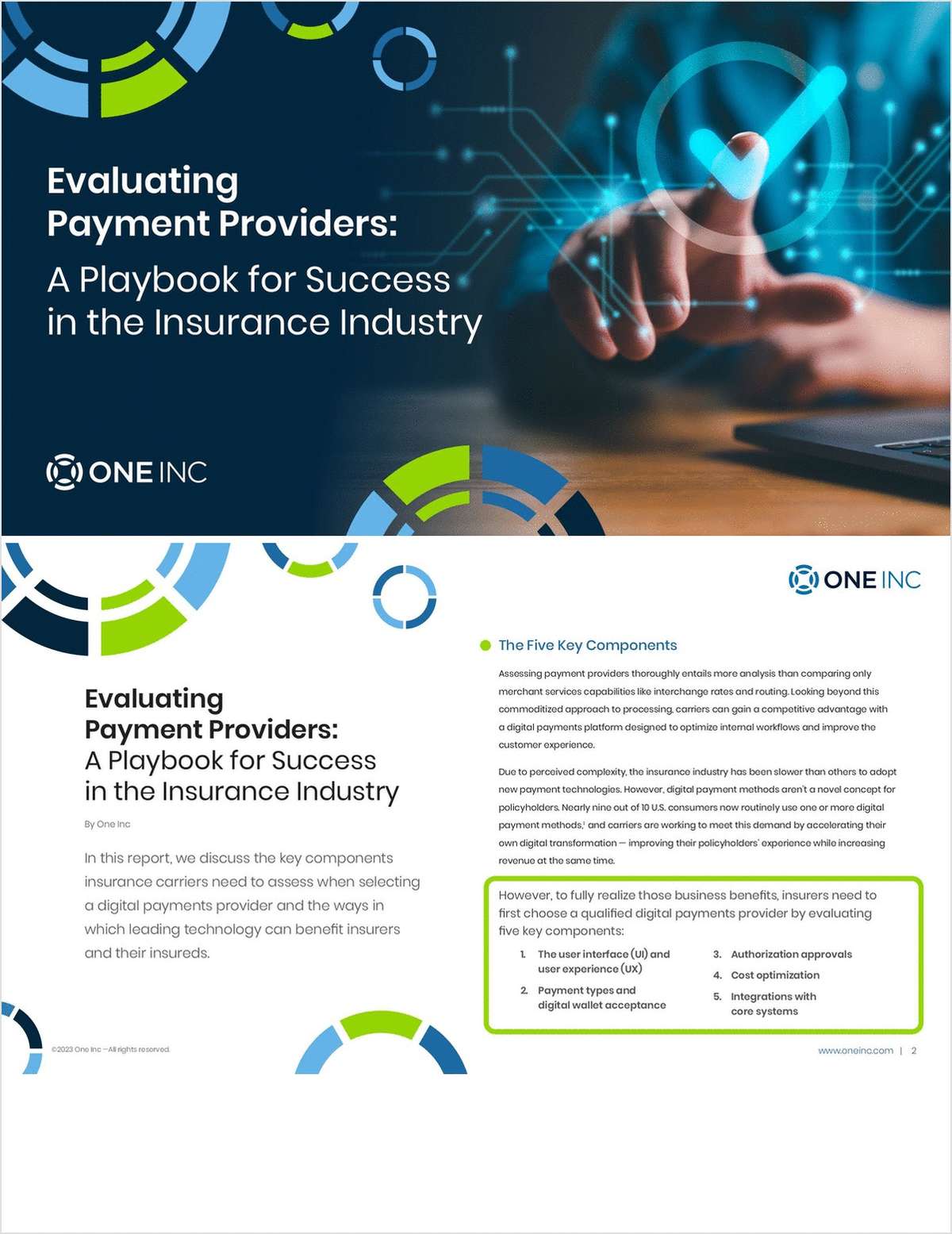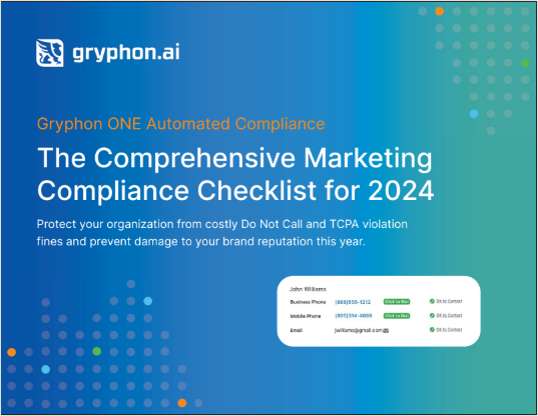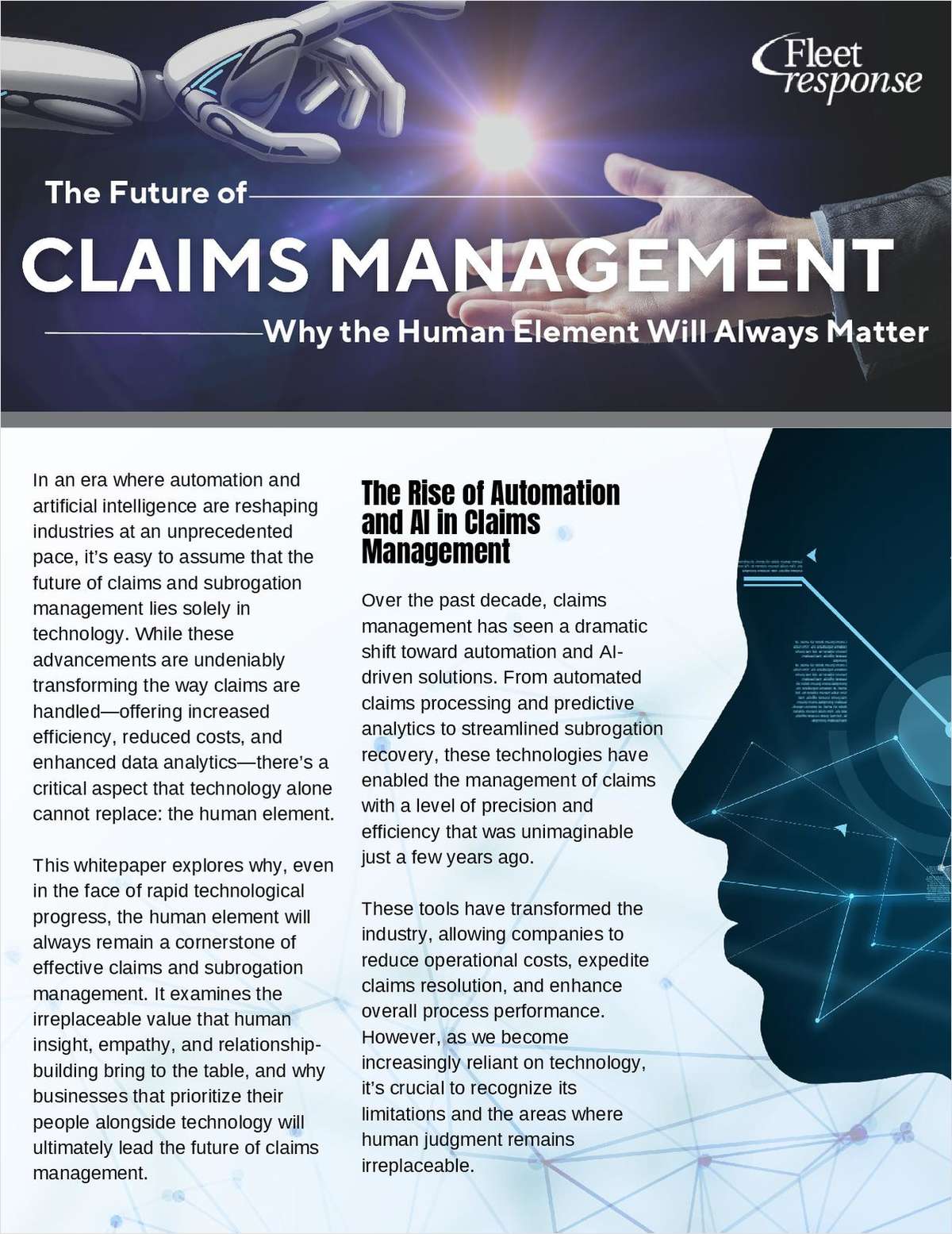Working with any outlet of the media is arguably the most crucial aspect of handling a catastrophe. As soon as reporters finish describing the initial catastrophic destruction and its impact on the residents and the businesses in the area, they will be looking at insurance spokespersons for answers as to what is going to be done in regard to restoration efforts. This process can be unorganized, to say the least. For some reporters, it may be their first insurance-related story assignment, in which case they probably have few established industry contacts. Still, they have to produce stories and are undoubtedly under pressure from tight deadlines. Work with them; after all, your number one priority is communicating emergency information to the public. The Florida Association of Insurance Agents offers some helpful tips.
Some of the challenges both new and veteran reporters face when covering a catastrophe are finding knowledgeable insurance industry professionals to respond to questions, knowing what questions to ask, and sorting through media relations representatives' personal agenda — fluff, as it is commonly known in the media. It is in the industry's best interest to help reporters write good stories. Communities are devastated following a catastrophe and thus are vulnerable. If the insurance industry provides helpful and accurate information quickly, it helps reassure the community, which then helps the community rise above the shock and focus on rebuilding and recovering. When interviewed by a reporter, be sure to suggest that he include vital information in his story, such as the location of emergency claim centers, who should be called, how property can be protected from further damage, and what records will be needed.
For industry response, state and federal organizations will be communicating with one another, sharing information and coordinating their activities prior to a hurricane or following any catastrophe. They work with the media so agents can attend to client needs. The media will have received press releases prior to the disaster explaining catastrophe coverages and procedures. Then when a hurricane is on its way, they will get additional material. When the storm has done its damage, these organizations will coordinate mailings and calls to the media. The main reason for this type of centralized response is uniformity and to make it easier for the media to get their story. Varying numbers, conflicting advice, and loads of phone calls frustrates and slows down the media. Nevertheless, agents will be called. Industry press releases may not reach the reporter assigned to the story, and local media often want a “local angle” to provide area-specific perspectives on what is happening.
Continue Reading for Free
Register and gain access to:
- Breaking insurance news and analysis, on-site and via our newsletters and custom alerts
- Weekly Insurance Speak podcast featuring exclusive interviews with industry leaders
- Educational webcasts, white papers, and ebooks from industry thought leaders
- Critical converage of the employee benefits and financial advisory markets on our other ALM sites, BenefitsPRO and ThinkAdvisor
Already have an account? Sign In Now
© 2024 ALM Global, LLC, All Rights Reserved. Request academic re-use from www.copyright.com. All other uses, submit a request to [email protected]. For more information visit Asset & Logo Licensing.


